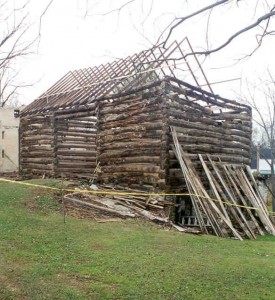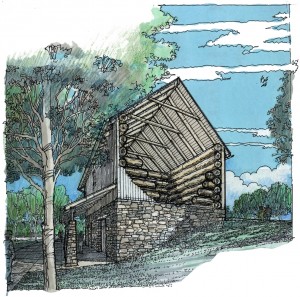Back in August, I approached the two State House 157 candidates, Paul Drucker and Warren Kampf in regards to a ‘Candidate Question & Response’ forum. Recognizing that Community Matters has a regular following of interested concerned residents, I sent a joint email to both candidates asking to meet with them [together] to explain my idea. Below is an excerpt from that email of August 23, 2010:
“Warren & Paul –
As candidates in the PA State House race, I would like to meet with you to discuss an opportunity that would benefit you both. . .
I have come up with a list of six questions that I feel are important issues to our community. You will be given the questions at our meeting and are asked to return your responses to all six questions to me by September 17. That will give you 3+ weeks to answer the questions and the word count is to be limited to 300 words per response. Each Monday, starting September 20, I will post one of the questions with each of your responses. The questions will be posted for 6 week, ending on Monday, October 25. I will not edit your responses nor will they be shared with anyone prior to posting on Community Matters each week. You will not know the order that the questions will be posted, and to be fair, I will change whose response is first each week.
My proposal offers an opportunity for voters to better understand your views on important campaign issues. Your participation in this process will guarantee a larger audience hears your views. Because I am doing this for the community, I will remain neutral; the questions and your responses will be posted each week and the readers will be encouraged to comment. I will serve as moderator and will not weigh in personally. . .”
Neither candidate would see the questions before deciding if they would participate. I did not want their willingness to participate to be predicated on the specific questions. Drucker responded, stating that he would participate. I asked him if he was willing to answers the questions, even if Kampf declined, and his response remained yes. On behalf of Warren Kampf, his campaign coordinator Michael D’Amicantonio replied via email, declining to participate. Here’s an excerpt from the email –
” . . . We have accepted an invitation from the Phoenixville Chamber of Commerce to participate in their candidate forum, and we have already reached out to the League of Women Voters to take part in their traditional and well-respected debate. . . ”
For the record, I can confirm no evidence of a Phoenixville Chamber of Commerce candidate forum and no evidence of a scheduled League of Women Voters debate.
The upcoming November election is important to all of us. We do not always understand candidate’s views on specific issues; it was my intent to provide the candidates a greater audience through Community Matters. I believe that my candidate questions are reflective of the resident’s interests. Unfortunately, as I stated Warren Kampf will not be participating but I did receive Paul Drucker’s responses on Friday, September 17 as requested. Shortly, I will post the first question and his written response. As detailed in my email to the candidates, this process will continue for the next 6 weeks, ending the week before the election.
 ld houses tell wonderful stories, and the houses of Tredyffrin and Easttown Townships have many tales to tell. On Saturday, September 25, 2010, the Tredyffrin Historic Preservation Trust’s 6th Annual Historic House Tour will be opening doors to community’s past. This year’s tour will spotlight Berwyn and Strafford neighborhoods by opening the doors to eight private homes; three homes in Easttown Township and five homes in Tredyffrin Township. Featured houses span 18th, 19th and 20th centuries and offer visitors an opportunity to experience Chester County history through original, restored and historically significant homes.
ld houses tell wonderful stories, and the houses of Tredyffrin and Easttown Townships have many tales to tell. On Saturday, September 25, 2010, the Tredyffrin Historic Preservation Trust’s 6th Annual Historic House Tour will be opening doors to community’s past. This year’s tour will spotlight Berwyn and Strafford neighborhoods by opening the doors to eight private homes; three homes in Easttown Township and five homes in Tredyffrin Township. Featured houses span 18th, 19th and 20th centuries and offer visitors an opportunity to experience Chester County history through original, restored and historically significant homes.

